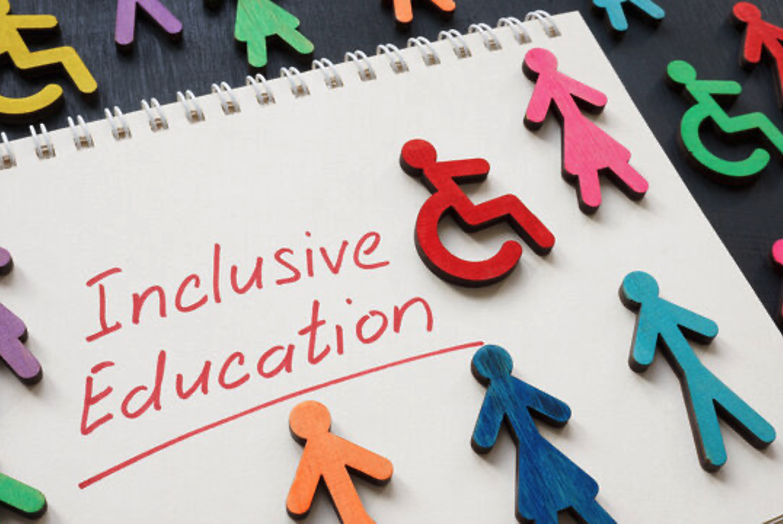Sparking a Love for Reading for Learners with Special Needs

Live, Virtual Tutoring vs In-person Tutoring for Learners with Special Needs

Establishing Routine for your Learner with Special Needs
The joy of reading does not come natural to all learners. However, all learners have preferences and likes that spark an interest. So, to overcome this potential interference, we as parents and educators must tap into our children’s curiosity. Here are a few examples that we can use to inspire our learners with special needs to read.
-Comics (This helps the learner to see dialogue and understand reading in first person. Also teaches the difference between a joke or serious conversation).
-Travel Brochures (This type of reading teaches geography, or engages the student to think about various activities like swimming, hiking, music festivals, etc.)
-Sports Programs (Many kids love sports and follow them on tv. However, reading the statistics about their favorite team, they can learn about numbers and making predictions. They can learn how each sport is different and understand the vocabulary that is unique with each sport).
-Poetry (This type of reading can be fun, whimsical and demonstrate the uniqueness of each authors writing style. The child can see what it means to rhyme and use creative vocabulary).
-Car Magazines or Car manuals (Reading a car magazine / manual might interest those learners who love cars or fixing up cars. It helps to build vocabulary and teaches how to follow directions by reading the step-by-step instructions).
-Catalogs (This type of reading will give descriptions about products that are useful in our community or household. This helps the learner not only learn about vocabulary, but how things work and who it is useful for).
-Recipes (Cooking from a recipe and reading the step-by-step instructions will help learners follow sequential order. It also builds self-confidence when they see a finished product from their own reading).
-Plays or scripts from plays (This can be a fun family adventure if everyone has their own part in a skit or play. The child learns how to wait and look for their specific part, listen to others read and be ready when their line comes up.
Happy Reading!!!
Related posts






